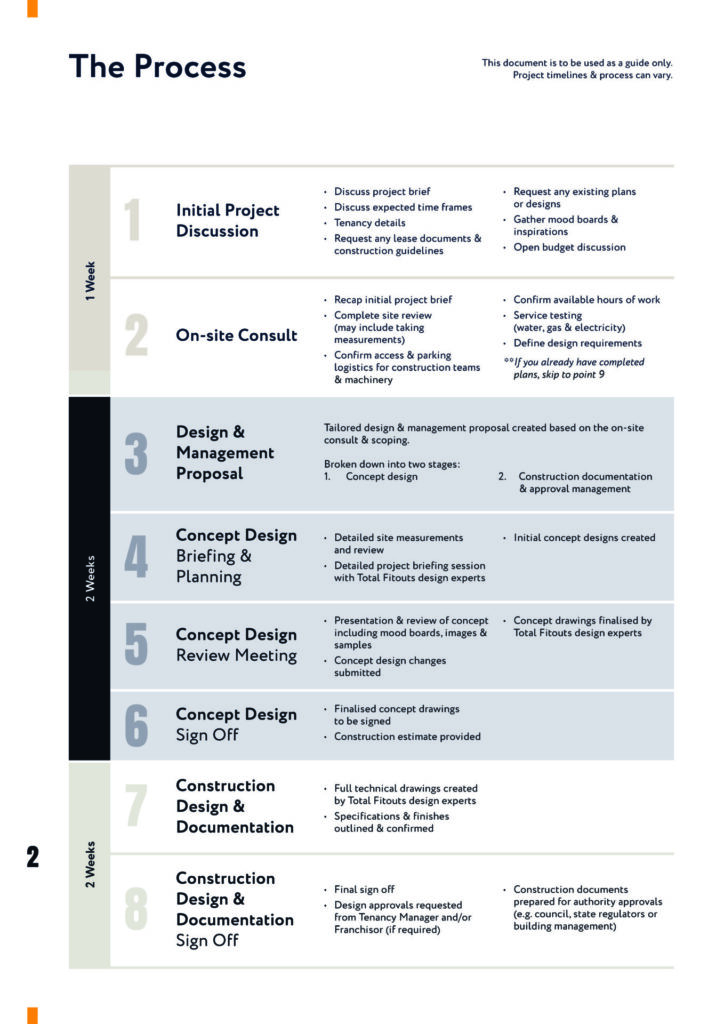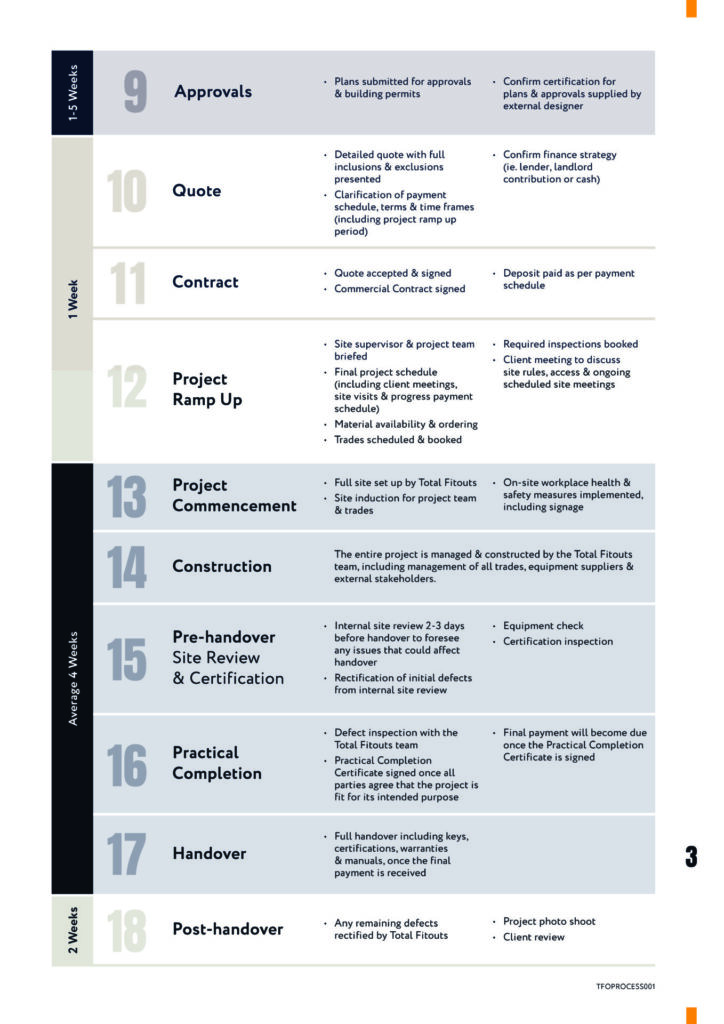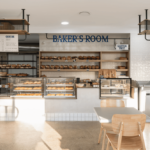The 18 Step Commercial Fitout Process
Embarking on a commercial fit out project is an exciting endeavour, but it can also be daunting without a clear roadmap. With so many moving parts, it’s crucial to have a structured approach to ensure the project progresses smoothly and achieves the desired outcome. The 18-step commercial fit out process provides a comprehensive framework, guiding stakeholders from the initial project discussion to post-handover activities. Let’s delve into each step to understand its significance and how it contributes to the overall success of the project.
Stage 1
Timeline: 1 Week
01 Initial Project Discussion
In the initial phase of a project, it’s crucial to thoroughly examine the project brief, understanding the client’s vision, goals, and requirements, along with discussing expected time frames to ensure feasibility. Clarifying tenancy details like space dimensions and regulations is essential, alongside requesting lease documents and construction guidelines for adherence to legal and structural parameters. Gathering existing plans aids in understanding potential modifications, while mood boards and inspirations shape aesthetic direction. Stuart Organ, Director at Total Fitouts Perth South said, “An open budget discussion ensures alignment between aspirations and financial constraints. Having transparency and realistic planning, laying the groundwork for collaborative and well-informed project execution is key to developing a good initial relationship with the client.”
02 On Site Consult
Beginning with a recap of the initial project brief, it’s essential to conduct a thorough site review, which may involve taking measurements and confirming access and parking logistics for construction teams and machinery. Ensuring available hours of work and conducting service testing for water, gas, and electricity are crucial steps. Additionally, defining design requirements is necessary for project alignment. If completed plans exist, then we can skip to Stage 4, Step 09 – Approvals.
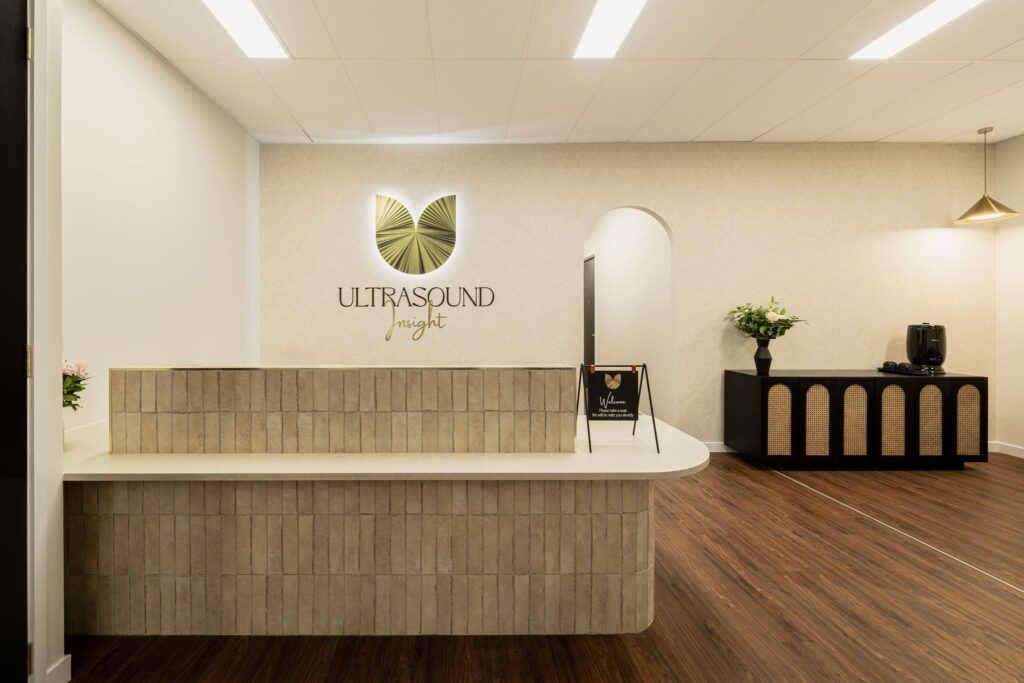
Stage 2
Timeline: 2 Weeks
03 Design & Management Proposal
Following the on-site consultation and scoping, a tailored design and management proposal has been crafted, segmented into two distinct stages.
Brett Jones, Director and Total Fitouts Sydney South East said “Firstly, the concept design phase focuses on conceptualising and refining the project vision, ensuring alignment with client expectations and functional requirements.”
Brett continues, “Secondly, the construction documentation and approval management stage involve translating the approved concept into detailed plans, specifications, and documents essential for construction, while overseeing the approval process to guarantee compliance with regulations and standards.”
This structured approach ensures a comprehensive and efficient progression from conceptualisation to execution, facilitating a seamless project journey.
04 Concept Design – Briefing and Planning
Detailed site measurements and review lay the foundation for the project, providing essential data for planning and design. Following this, a comprehensive project briefing session with Total Fitouts commercial design experts ensures a thorough understanding of client requirements and preferences. Subsequently, initial concept designs are crafted, integrating client input and expert insights to begin shaping the vision for the space. This iterative process ensures that the commercial design aligns closely with client expectations while capitalising on the expertise of the design team.
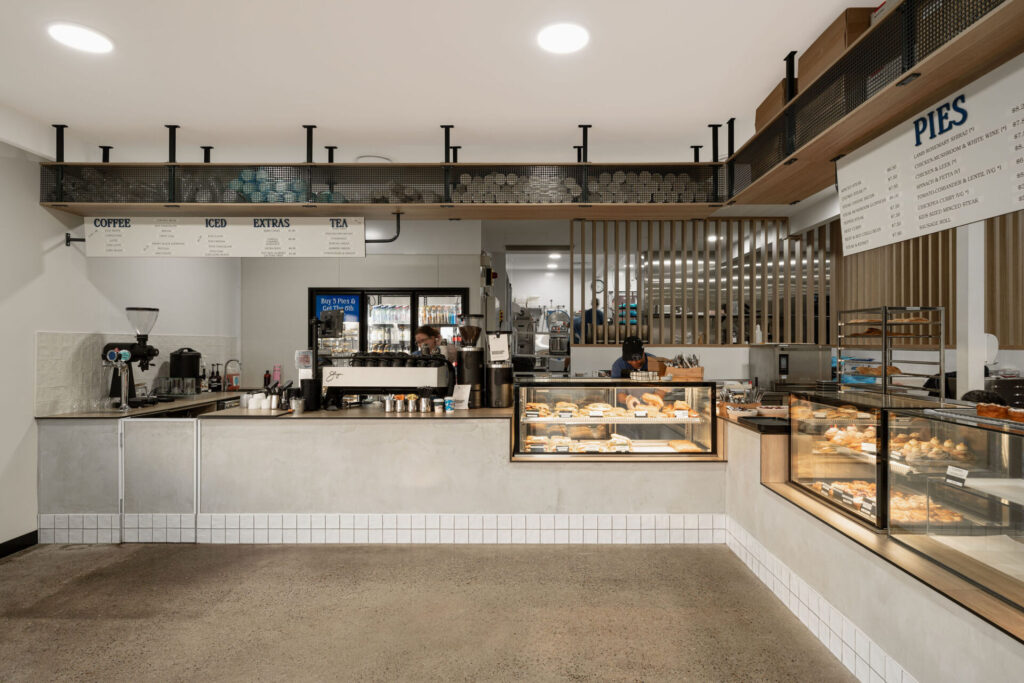
05 Concept Design – Review Meeting
The presentation and review of the concept mark a crucial phase, incorporating mood boards, images, and samples to vividly illustrate the envisioned design. Following this presentation, any requested changes to the concept are carefully reviewed and implemented to ensure alignment with the client’s vision and requirements. Finally, the concept drawings are meticulously finalised by Total Fitouts commercial design experts, synthesising all feedback and adjustments into a cohesive and detailed plan ready for further development and execution. Their expertise goes beyond aesthetics; they play a pivotal role in shaping the way businesses operate, making commercial fit out spaces more efficient, and enhancing the overall work environment. Read more on the multifaceted role of commercial interior designers in the fitout industry and how they contribute to transforming shopfitouts.
06 Concept Design – Sign Off
Upon finalisation, the concept drawings are presented for client approval, marking a significant milestone in the project progression. Once signed off, these drawings serve as the blueprint for construction, guiding the implementation of the commercial design vision. Concurrently, a detailed construction estimate is provided, offering transparency regarding project costs and facilitating informed decision-making. This collaborative approach ensures that both parties are aligned on the project scope and budget, setting the stage for a successful execution phase.
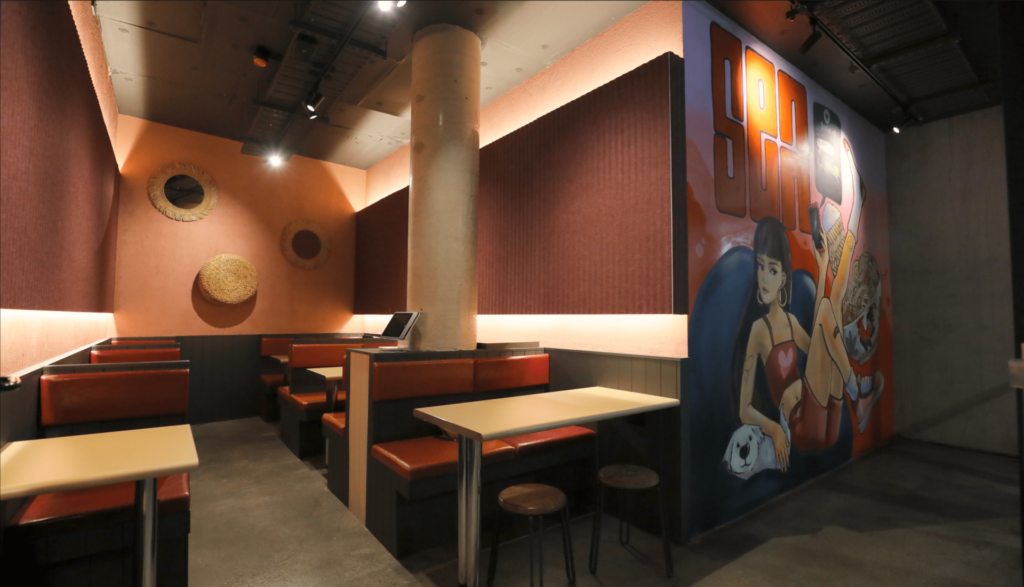
Stage 3
Timeline: 2 Weeks
07 Construction Design and Documentation
Total Fitouts commercial design experts meticulously craft full technical drawings, providing a comprehensive blueprint for the project’s execution.
Telia, commercial interior designer at Total Fitouts Sunshine Coast South said, “These drawings detail every aspect of the design, from structural elements to intricate finishes, ensuring precision and clarity throughout the construction process.”
Telia continues, “Concurrently, specifications and finishes are outlined and confirmed, incorporating the desired materials, colours, and textures to bring the commercial design vision to life.”
This meticulous attention to detail guarantees that the final result reflects the client’s vision while adhering to industry standards and regulations, setting the stage for a seamless and successful implementation phase.
08 Construction Design and Documentation – Sign Off
In the final stages before construction begins, the project undergoes a crucial sign-off process. Design approvals are requested from the Tenancy Manager and/or Franchisor, if necessary, ensuring alignment with overarching brand standards and guidelines. Simultaneously, construction documents are meticulously prepared for authority approvals, which may include submissions to council, state regulators, or building management.
This meticulous attention to detail and adherence to regulatory protocols ensure that the project progresses smoothly and is in compliance with all necessary regulations and requirements before breaking ground.
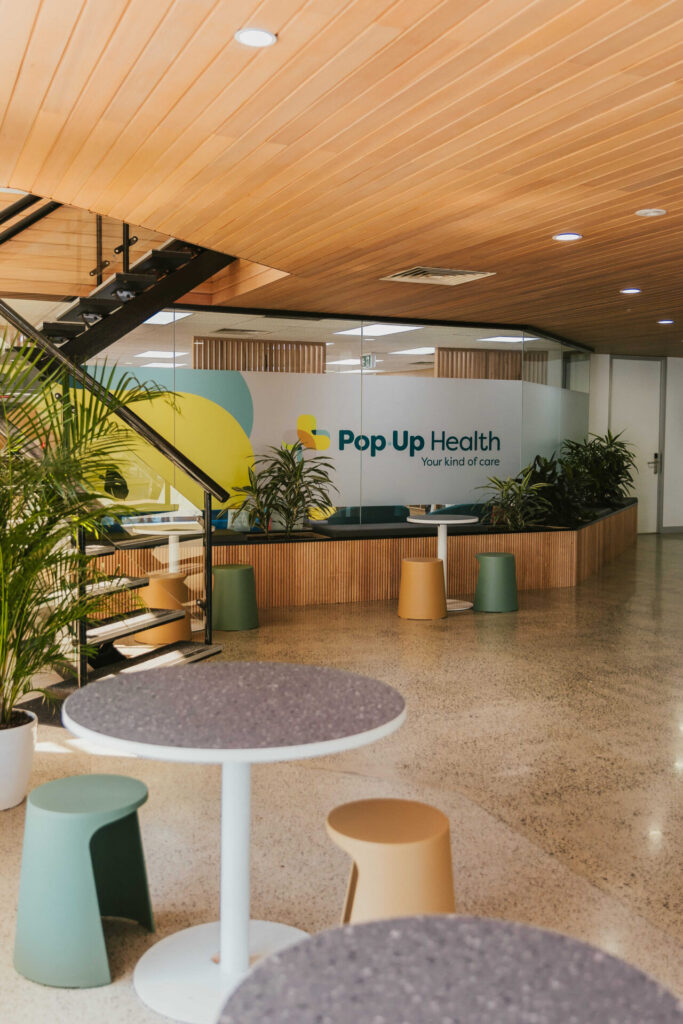
Stage 4
Timeline: 1-5 Weeks
09 Approvals
Once plans are finalised, they are submitted for approvals and building permits, marking a significant step towards project commencement. This submission process involves ensuring that all necessary documentation and specifications meet regulatory standards and requirements.
Marko Jelinic, Director at Total Fitouts Canberra North said, “Certification for plans and approvals supplied by external designers is confirmed, affirming their compliance with industry standards and regulations.”
Marko continues, “This meticulous verification process ensures that the project is poised for regulatory approval and can proceed smoothly towards the construction phase with confidence in its compliance and readiness.”
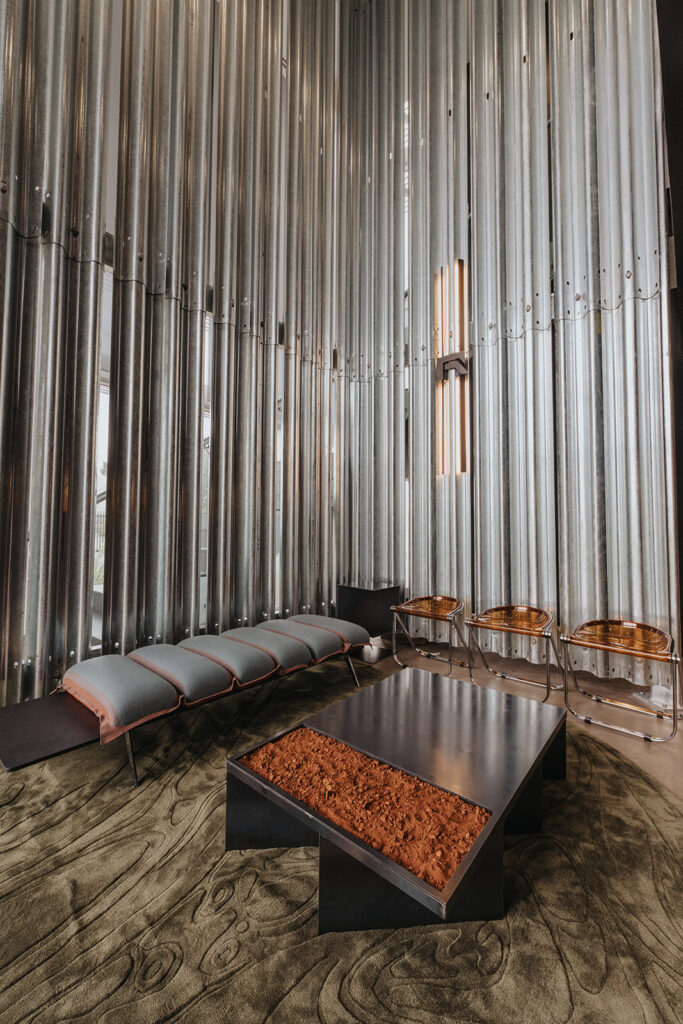
Stage 5
Timeline: 1 Week
10 Quote
As the project advances, a detailed quote with comprehensive inclusions and exclusions is presented, providing transparency and clarity regarding project costs.
Troy Hosking, Director at Total Fitouts Adelaide South said, “The quote serves as a crucial reference point for budgeting and decision-making moving forward.”
Troy continues, “Simultaneously, there’s a clarification of the payment schedule, terms, and time frames, including any ramp-up period necessary for the project. This ensures alignment between stakeholders regarding financial expectations and timelines.”
Additionally, the finance strategy is confirmed, whether it involves financing through a lender, contributions from the landlord, or cash reserves, ensuring that the project’s financial framework is robust and well-defined for successful execution.
11 Contract
With the quote thoroughly reviewed and accepted, the project progresses as the quote is formally signed off and accepted. This signifies a pivotal moment as the commercial contract is also signed, solidifying the commitment of all parties involved to move forward with the project. Simultaneously, the deposit is paid according to the agreed-upon payment schedule, initiating the financial aspect of the project and ensuring that necessary resources are allocated for its commencement.
This formalisation of agreements and financial commitments sets the stage for the project to proceed seamlessly into its execution phase with a clear understanding of responsibilities and expectations.
12 Project Ramp Up
With preparations in full swing, the site supervisor and project team are briefed comprehensively, ensuring everyone is aligned with the project objectives and expectations. Effective project management in the construction industry requires a blend of organisation, strategic planning, and clear communication to bring clients’ visions to life while meeting budget and timeline constraints. Read more on Project Manager, Annet Maurer’s journey and how she works in a team throughout the commercial fitout process.
Concurrently, the final project schedule is established, detailing client meetings, site visits, and the progress payment schedule, providing a roadmap for the project’s timeline and milestones. Material availability and ordering are carefully coordinated to ensure timely delivery and seamless progress, while trades are scheduled and booked to commence work efficiently.
Additionally, required inspections are booked in advance to adhere to regulatory standards and project timelines. Finally, a client meeting is held to discuss site rules, access, and the ongoing schedule of site meetings, fostering clear communication and collaboration throughout the project duration.
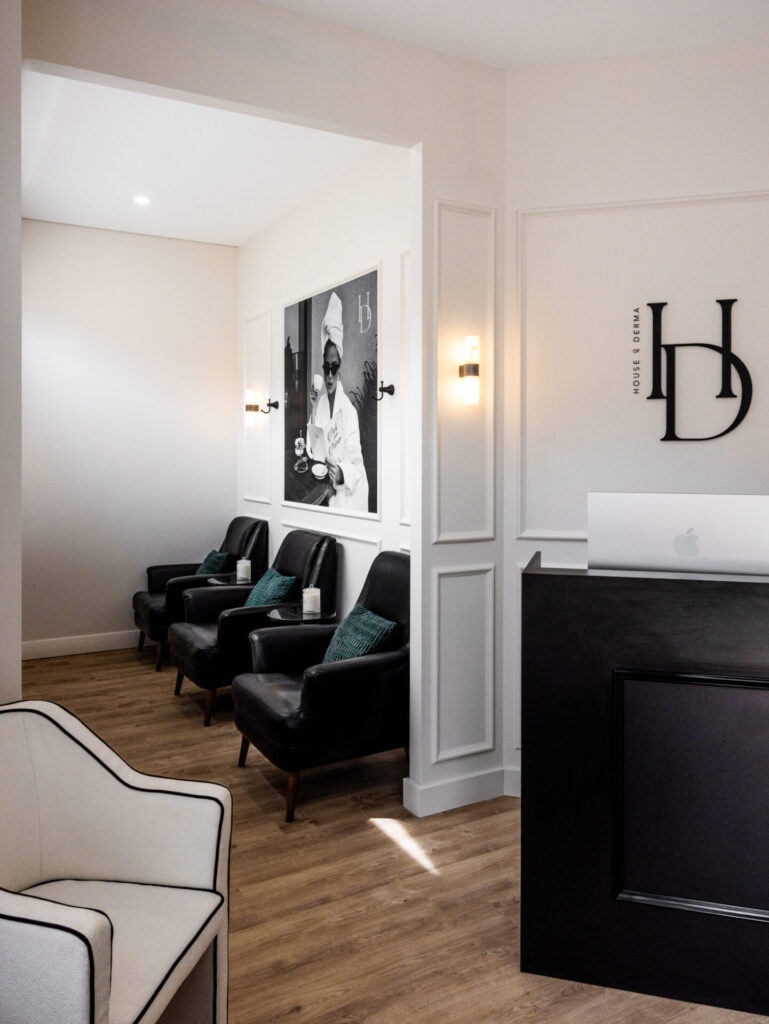
Stage 6
Timeline: Average of 4 Weeks
13 Project Commencement
With the project now underway, Total Fitouts fitout experts ensures a comprehensive site setup to facilitate smooth operations.
Pat Laurent, Director at Total Fitouts Newcastle says, “The site setup includes conducting a site induction for the project team and trades involved, ensuring everyone is familiar with the site layout, safety procedures, and project requirements.”
Pat continues, “Furthermore, stringent workplace health and safety measures are implemented, including the installation of appropriate signage and the enforcement of safety protocols to safeguard everyone involved in the project.”
This proactive approach to site management fosters a secure and efficient working environment, prioritising the well-being of all personnel while maintaining project momentum.
14 Construction
The entire project is managed & constructed by the Total Fitouts shopfit team, including management of all trades, equipment suppliers & external stakeholders.
15 Pre Handover – Site Review and Certification
As the project nears completion, an internal site review is conducted 2-3 days before handover to anticipate and address any potential issues that could impact the process. This proactive approach allows for the identification and rectification of initial defects, ensuring that the final handover proceeds smoothly.
Additionally, equipment checks are performed to verify functionality and readiness for use. Subsequently, a certification inspection is conducted to ensure that all regulatory requirements and standards are met, providing assurance of compliance and quality before final handover. This meticulous attention to detail in the final stages of the project ensures a seamless transition to the handover phase, minimising disruptions and maximising client satisfaction.
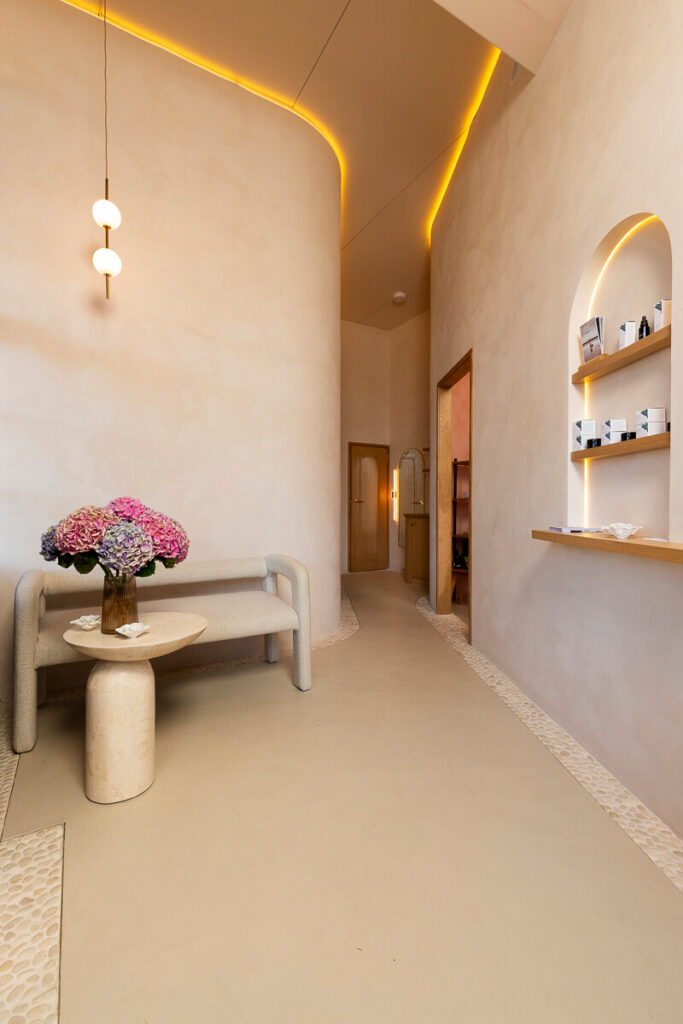
16 Practical Completion
In the final stages of the project, a defect inspection is conducted by the Total Fitouts shopfit team to meticulously assess the completed work and address any outstanding issues. Upon mutual agreement that the project meets its intended purpose, the Practical Completion Certificate is signed, marking a significant milestone in the project’s journey. This certificate signifies that all contractual obligations have been fulfilled, and the space is ready for occupation or use.
Subsequently, final payment becomes due, aligning with the signing of the Practical Completion Certificate and acknowledging the successful completion of the project to the satisfaction of all parties involved.
17 Handover
Upon receipt of the final payment, the project concludes with a comprehensive handover process conducted by Total Fitouts.
Danny Gould, Business Development Manager at Total Fitouts Malvern says, “This includes the transfer of keys, relevant certifications, warranties, and manuals essential for the operation and maintenance of the completed space.”
Danny adds, “The handover signifies the official transition of ownership and responsibility from the construction shopfitting team to the client, ensuring that they have all necessary documentation and resources to effectively manage and utilise the newly constructed or renovated area.”
This thorough and organised handover process underscores Total Fitouts’ commitment to client satisfaction and ensures a smooth transition into the operational phase of the project.

Stage 7
Timeline: 2 Weeks
18 Post Handover
After the handover, any remaining defects are promptly addressed by Total Fitouts to ensure the space meets the highest standards of quality and satisfaction. This commitment to rectifying any outstanding issues underscores Total Fitouts’ dedication to delivering excellence.
Following the completion of defect rectifications, a project photo shoot is organised by the Total Fitouts Corporate Office to capture the space in its completed state, showcasing the craftsmanship and design excellence achieved throughout the project. This photo shoot not only serves as a testament to the successful collaboration between Total Fitouts and the client but also provides valuable imagery for marketing and portfolio purposes, highlighting the company’s capabilities and expertise in delivering outstanding results, but also for the client’s own marketing and usage.
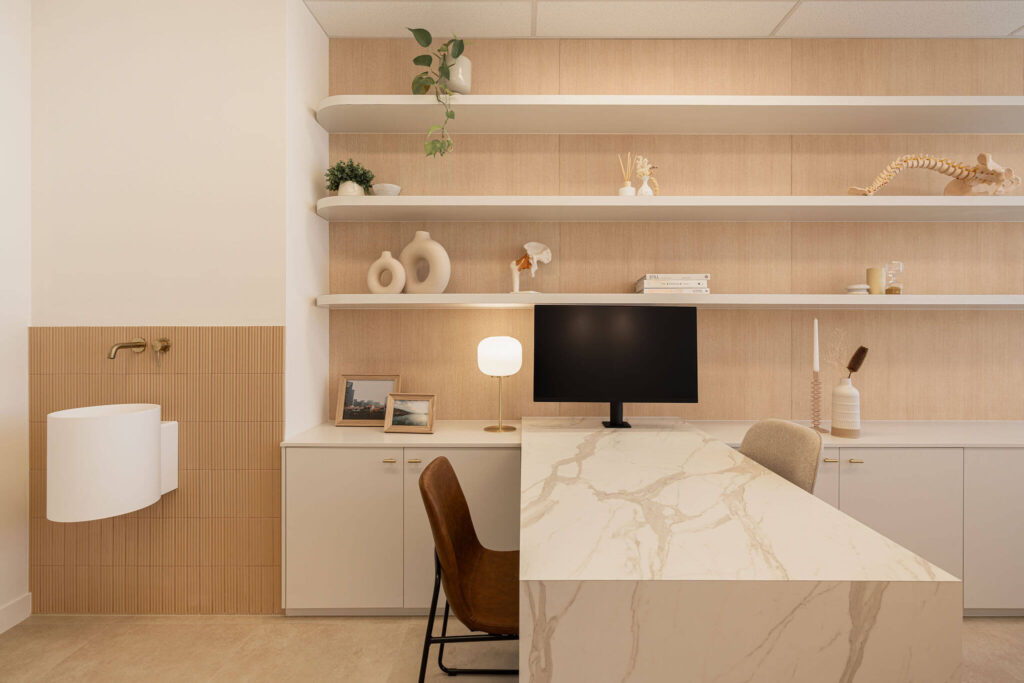
By following the 18-step fitout process, stakeholders can navigate each stage of the project with clarity and confidence, ultimately bringing the client’s vision to life while delivering a space that meets their needs and expectations. Check out our full document guide on the Fitout Process which outlines the Total Fitouts Fit Out Process below.
